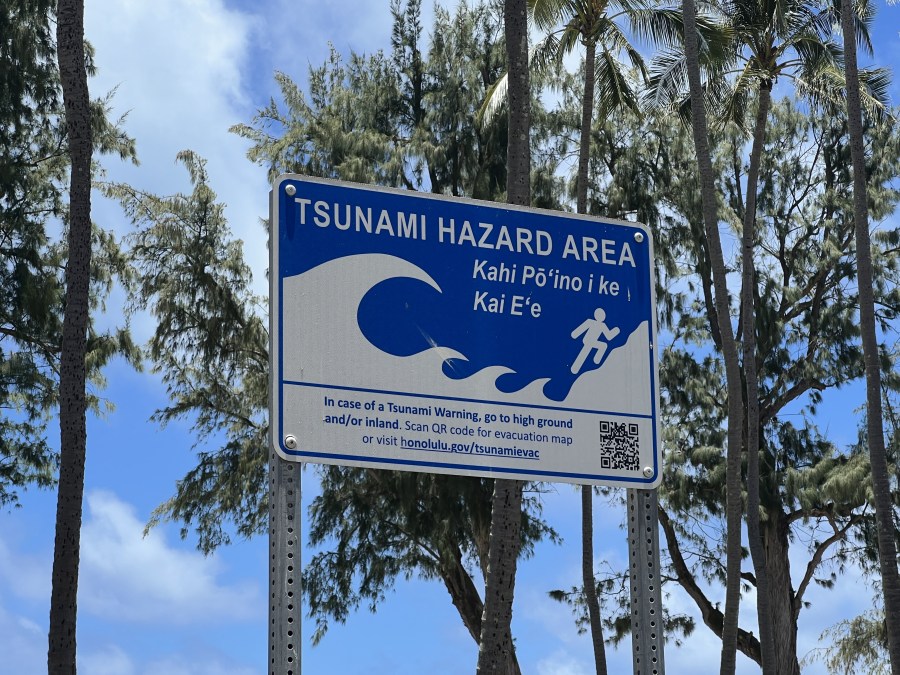HONOLULU (KHON2) — If a tsunami is coming to Hawaii, do you know what kind of alert to watch for?
In Hawai‘i, there are four different tsunami alerts. Each one means something different and knowing what they mean could save your life.
These alerts come from the Pacific Tsunami Warning Center, the National Weather Service and the Hawai‘i Emergency Management Agency.
Here’s what to know and what to do.
Tsunami warning
This is the most serious alert. It means a tsunami is expected to hit coastal areas or is already happening. A warning is usually based on a large undersea earthquake (magnitude 7.5 or higher) or a tsunami seen on deep-ocean sensors.
Warnings mean you need to evacuate coastal zones right away. You will hear siren sounds in those areas for three minutes. Stay off beaches and away from harbors, rivers and low-lying areas.
Warnings mean you need to move to higher ground and listen for updates from official sources. Only return when county officials give the “all clear”.
Tsunami watch
A watch means a tsunami might be coming and that there’s still uncertainty, and more information is needed. Watches are usually issued after distant earthquakes somewhere across the Pacific.
Use the time to prepare. Review your evacuation route, pack your go-kit, and stay updated every 30 minutes to an hour. Do not evacuate unless the alert is upgraded to a warning.
Tsunami advisory
An advisory means waves and strong currents are expected. Dangerous conditions can still harm swimmers, boaters and those near the water. But major flooding is not expected.
Stay out of the water and off the coast. Small boats should be secured. Larger boats may be ordered to sea; so, it’s necessary to follow instructions from civil defense.
Tsunami information statement
This means there is no threat to Hawai‘i. It is used to keep the public informed after an earthquake or other event. No action is needed, but stay tuned in case the situation changes.
How alerts are shared in Hawai‘i
• Outdoor sirens (tested monthly at 11:45 a.m. on the first business day).
• Cell phone alerts.
• TV and radio interruptions.
• NOAA Weather Radio.
• Official social media and local news.
You can click here to read more.
If you feel strong shaking near the coast, don’t wait. Evacuate. Tsunamis from nearby earthquakes may hit in minutes.
